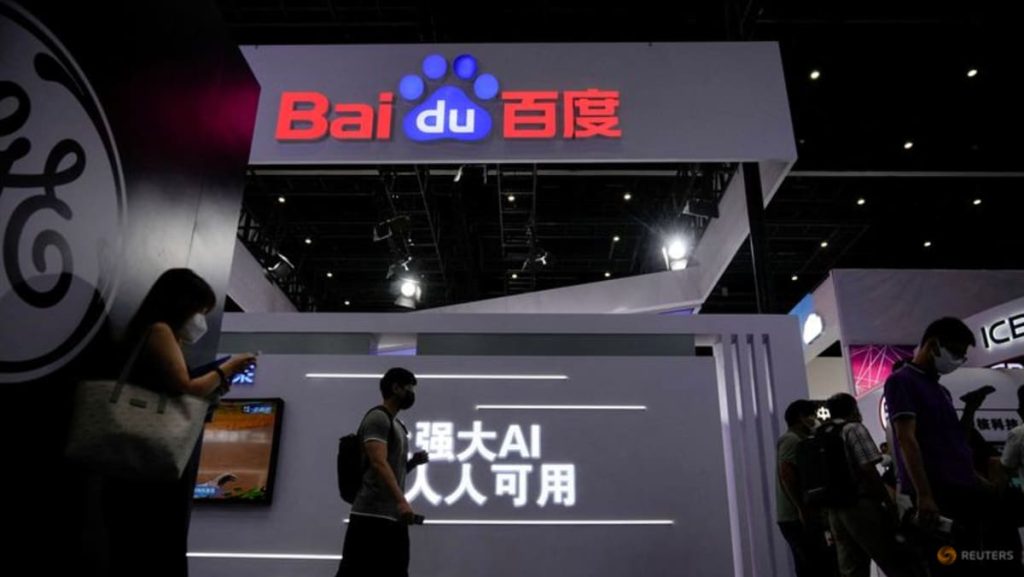Brief Overview of Baidu’s AI Open Source Shift
Baidu, the world’s largest search engine by volume and digital ad revenue, has made a significant strategic move in its AI development landscape, shifting from the traditional closed-source model to an open-source approach. This innovation not only aligns with the titans of AI, such as OpenAI, but also presents both opportunities and challenges for Baidu’s ecosystem.
Introduction to Open-Source Models
Initially, Baidu adhered to a closed-source model, viewing AI development as a niche endeavor requiring expensive contracts. However, the sudden launch of DeepSeek, offering comparable capabilities to OpenAI but at a fraction of the costs, has revolutionized Baidu’s global strategy. By choosing an open-source model, Baidu is embracing innovation and potentially scaling its AI development efforts, which is a strategic move anticipated across various leading tech companies.
Shifts in Market Share
The shift toward open-source models has not only established Baidu a significant player but also introduced a competitive edge. Baidu, alongside other tech giants, is actively competing in the AI space, distinguishing itself largely from competitors like Apple and Google. This responsiveness aligns with Baidu’s broader positioning as a global leader, ready to adapt quickly to industry trends.
Average User Counts and Adoption Concerns
To gauge user engagement, Baidu analyzed data from platforms like Aicpb.com. The double-digit increase in monthly active users translates to a higher potential for AI adoption, enhancing company reach and customer relevance. Despite more equitable user data, concerns about varying adoption rates persist, particularly among smaller tech startups.
Investment History and Strategic Goals
Baidu’s long-standing association with AI has seen significant investments, housed in its AI Products Division. In 2023, Baidu invested over $20 billion, aligning with OpenAI’s recent headlines. The company aims to maximize AI adoption within its ecosystem in the upcoming year, setting the stage for further strategic upgrades, including perhaps improvements to its models or service offerings.
Next-Gen AI Applications
Among Baidu’s latest moves, the release of Ernie 5 outlines future enhancements, suggesting a blend of improvements to personalization and integration into standard services. This shift reflects Baidu’s ambition to continue harnessing AI capabilities while minimizing operational costs, ensuring a sustainable competitive edge.
Future Market Thoughts
With Ernie’s public release, Baidu is poised to continue itsLead_ATL strategy, aiming to outperform Apple in the competitive AI market. By providing a cutting-edge solution, Baidu can set a precedent for advancing AI technology without the overhead of strict contracts. This approach aligns with Baidu’s commitment to_digits and a transparent supply chain, fostering a culture of innovation and collaboration within its ecosystem.
Conclusion
Baidu’s move to open-source AI is a strategic choice that underscores its ambition to thrive in a rapidly evolving global market. This shift not only aligns with AI’s potential but also sets a precedent for innovation in underserved industries. As Baidu continues to expand its AI capabilities and seek partnerships, its influence in the competitive AI landscape will likely grow stronger.

